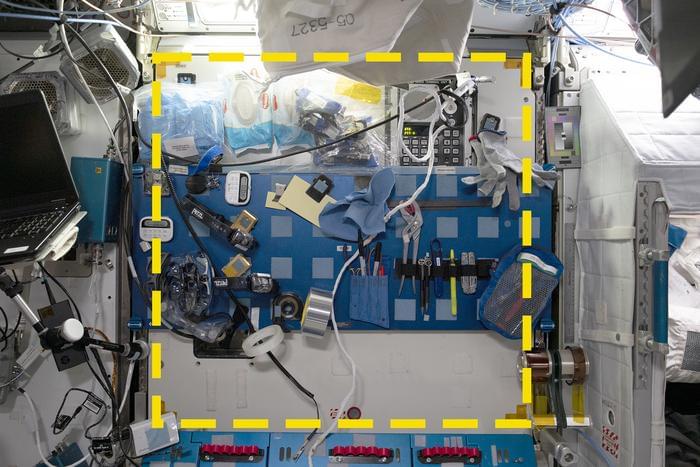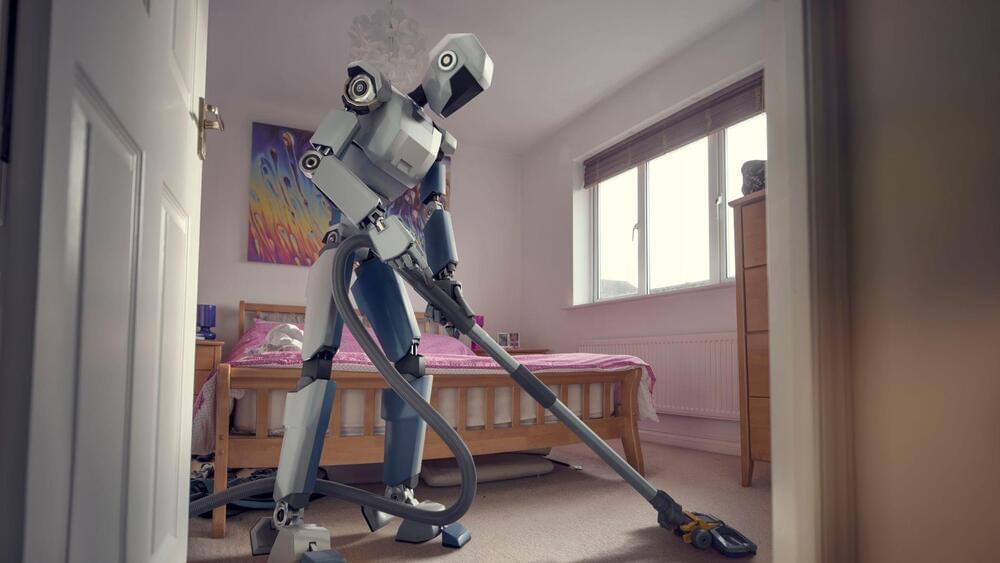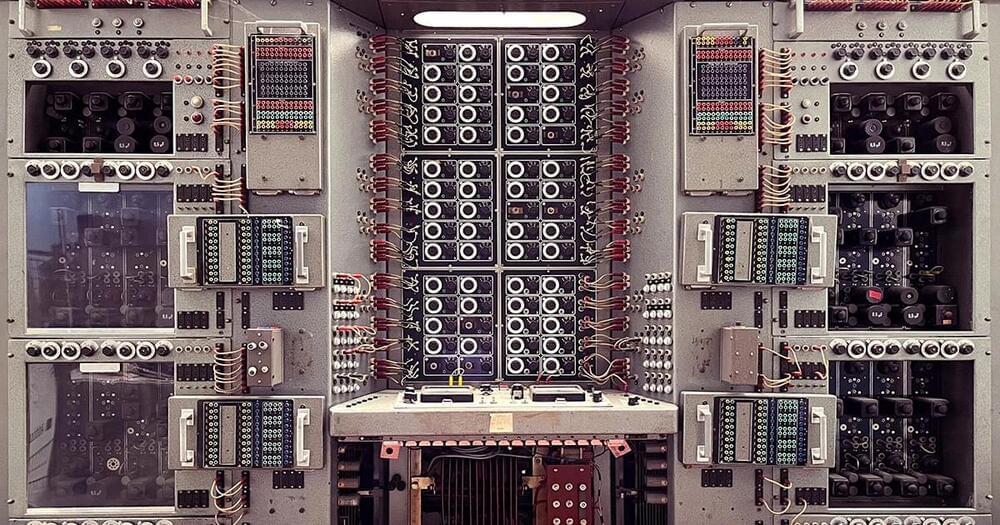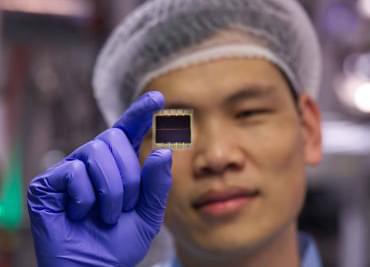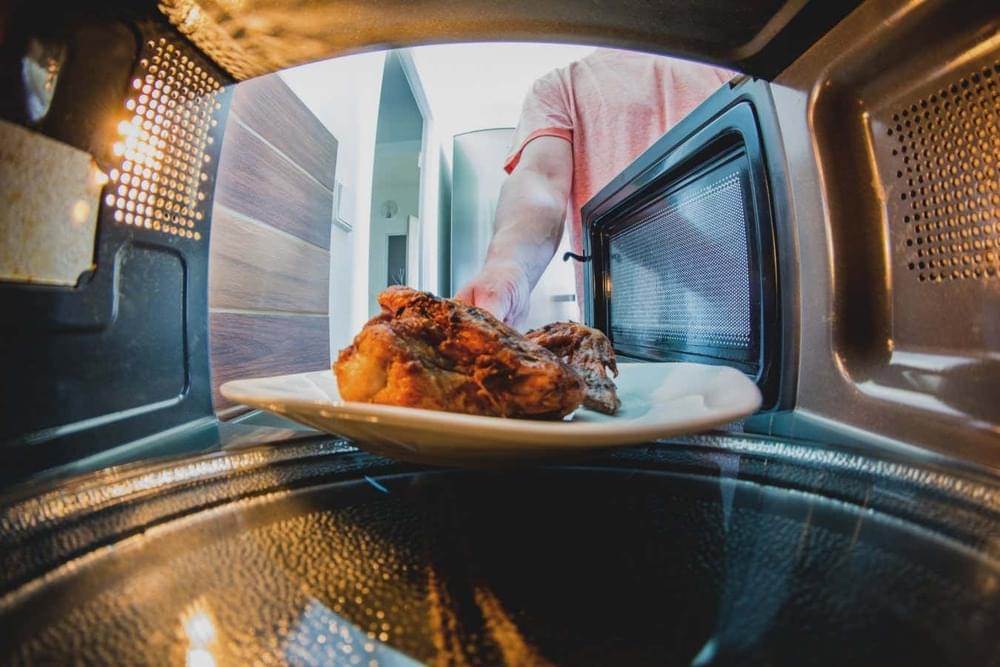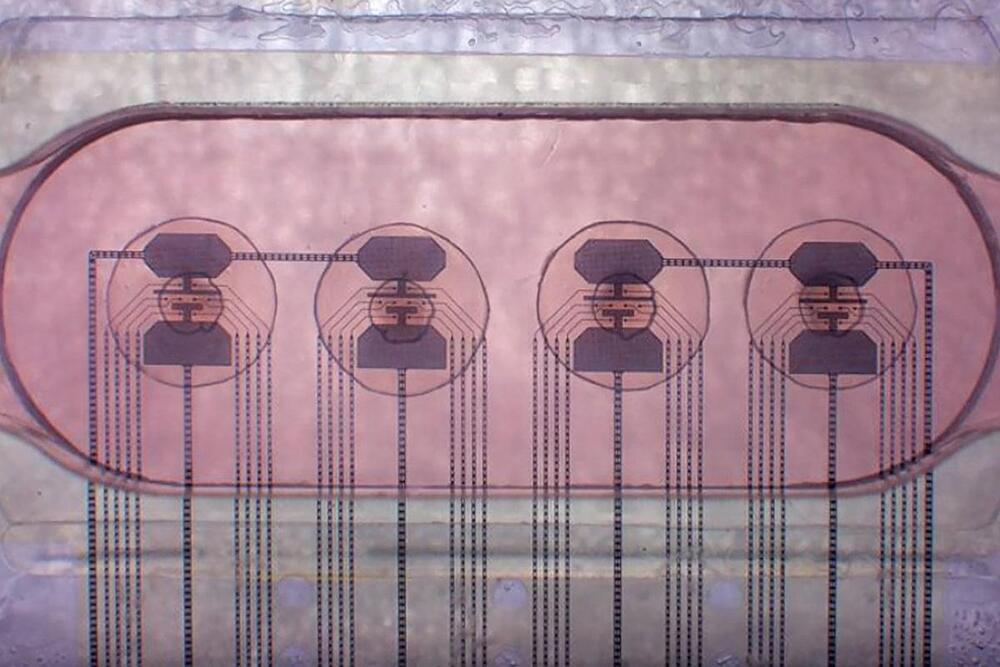For decades, microbiologists like Weiss thought of antibiotic resistance as something a bacterial species either had or didn’t have. But “now, we are realizing that that’s not always the case,” he said.
Normally, genes determine how bacteria resist certain antibiotics. For example, bacteria could gain a gene mutation that enables them to chemically disable antibiotics. In other cases, genes may code for proteins that prevent the drugs from crossing bacterial cell walls. But that is not the case for heteroresistant bacteria; they defeat drugs designed to kill them without bona fide resistance genes. When they’re not exposed to an antibiotic, these bacteria look like any other bacteria.

